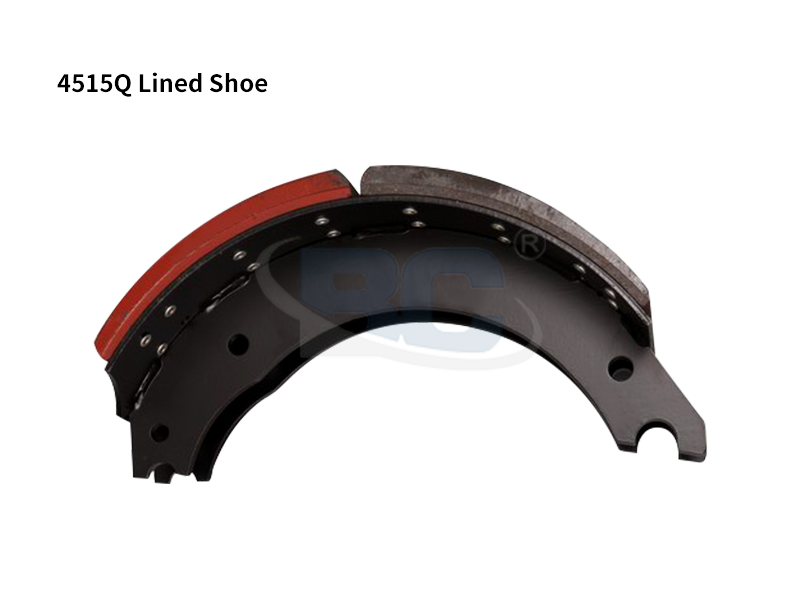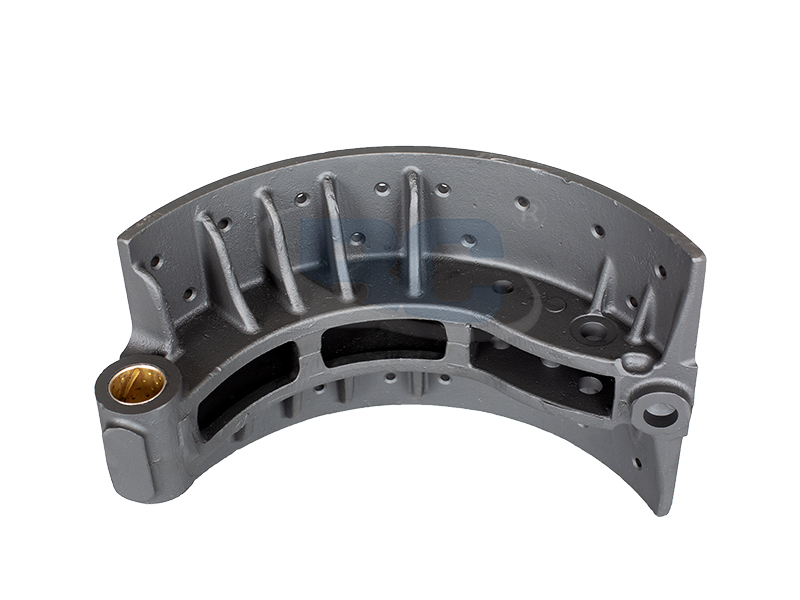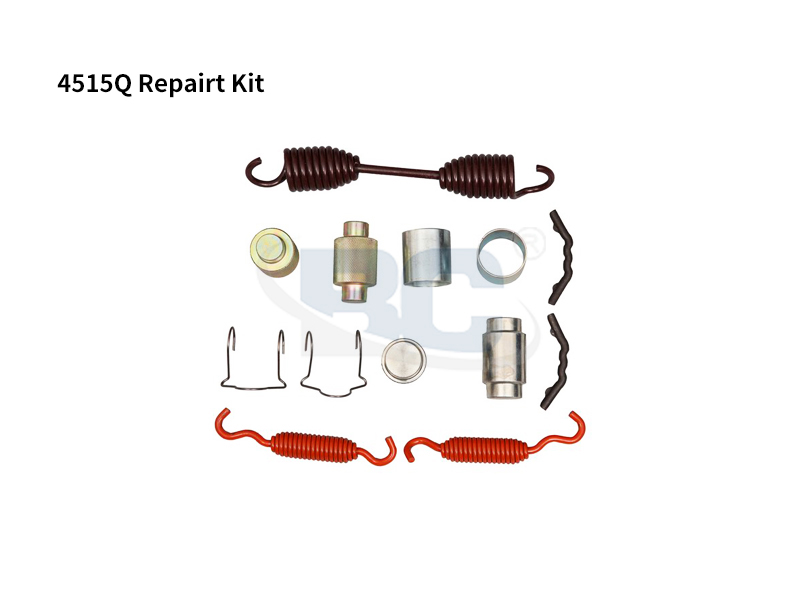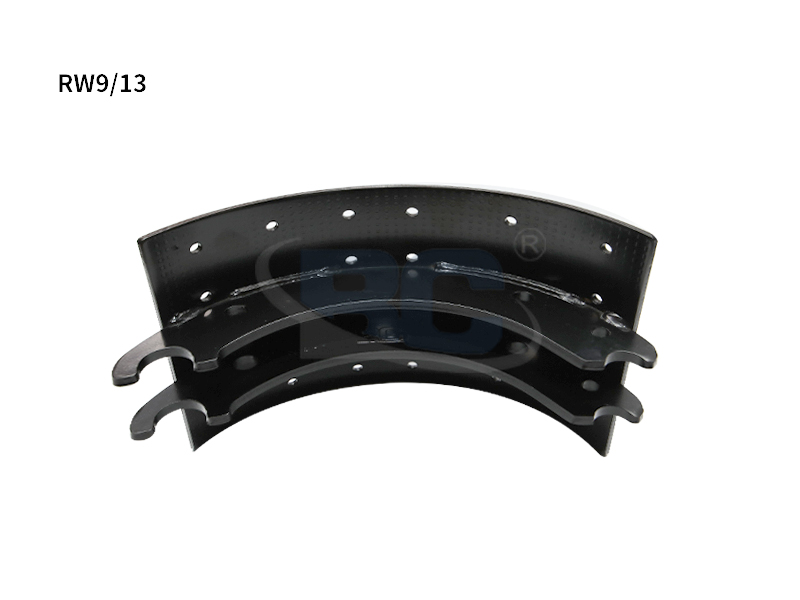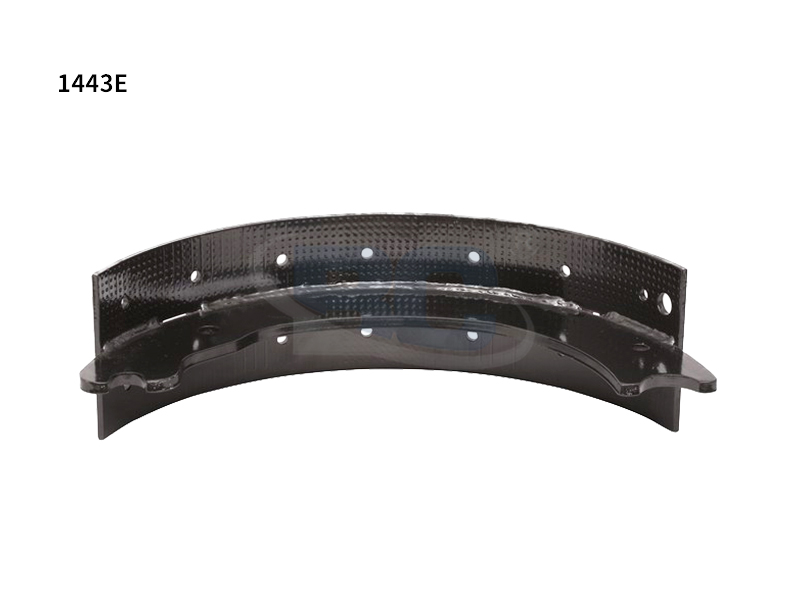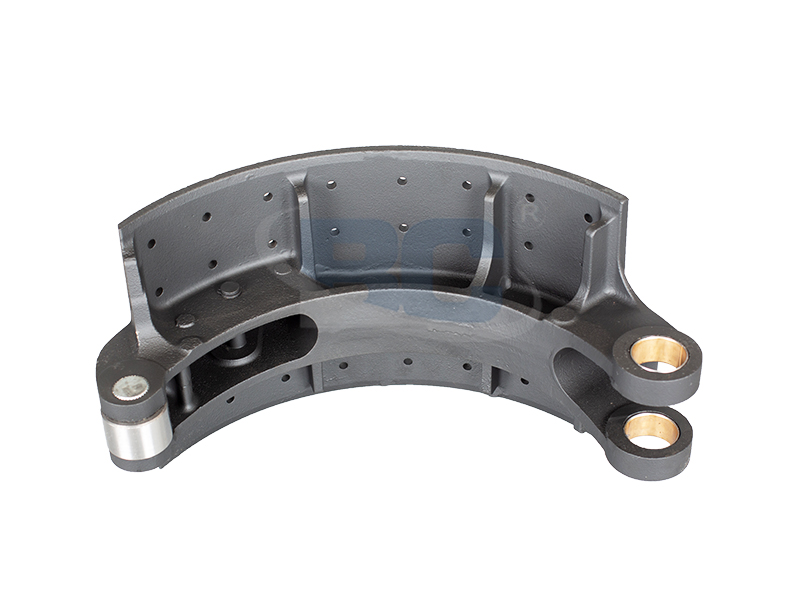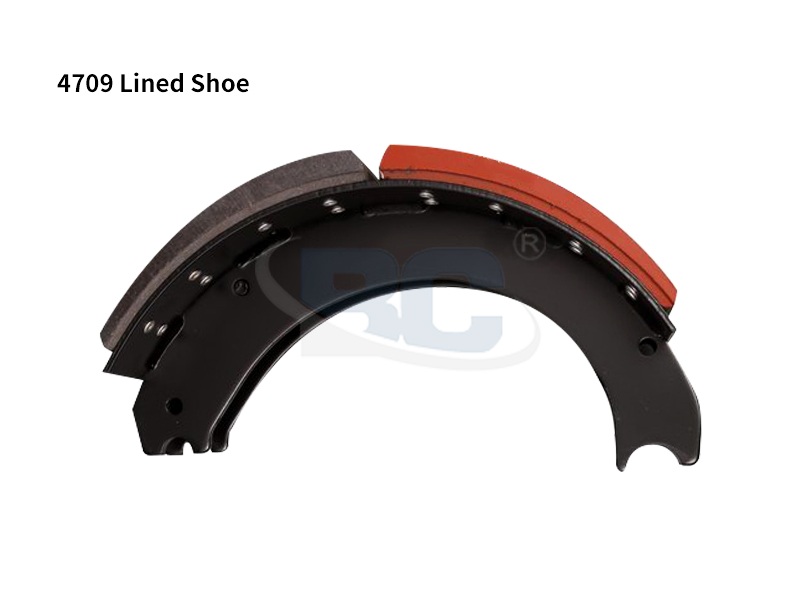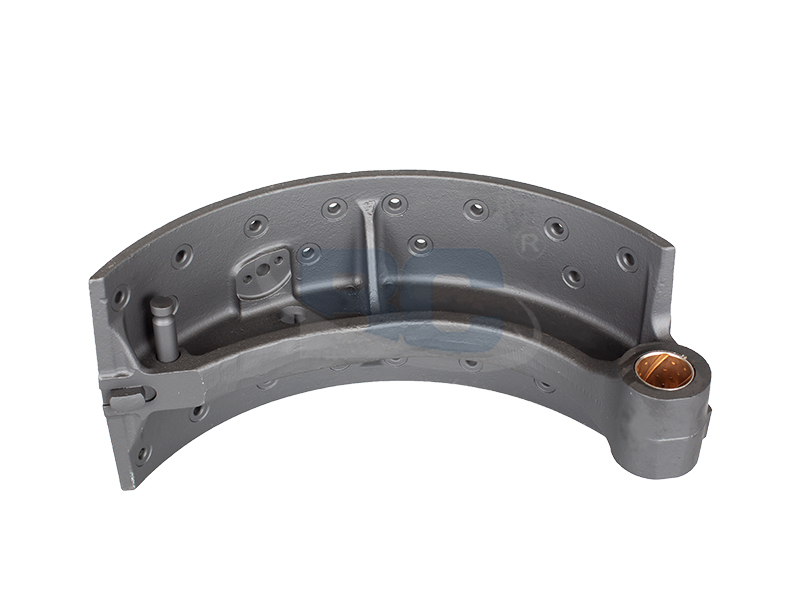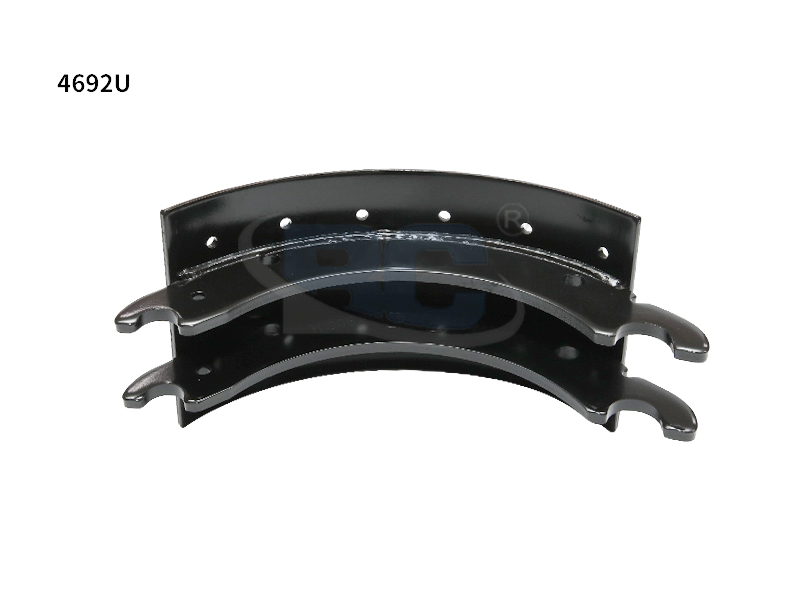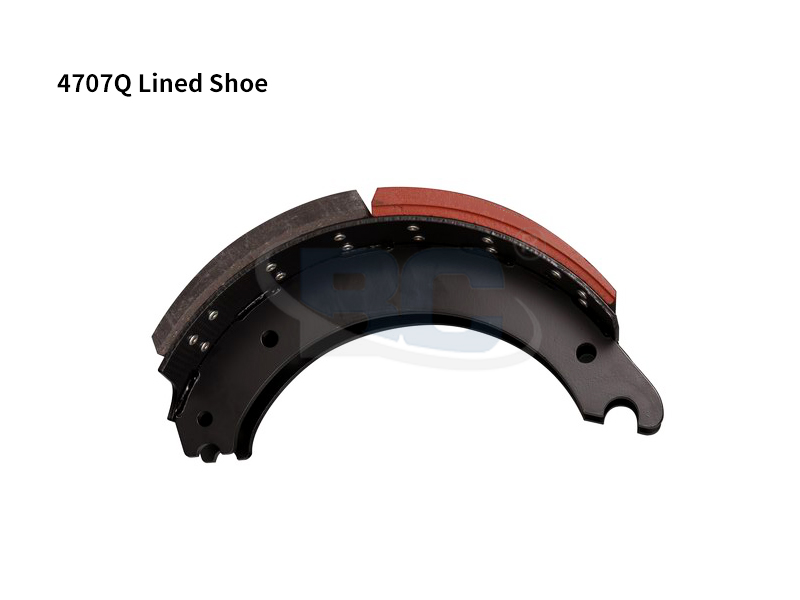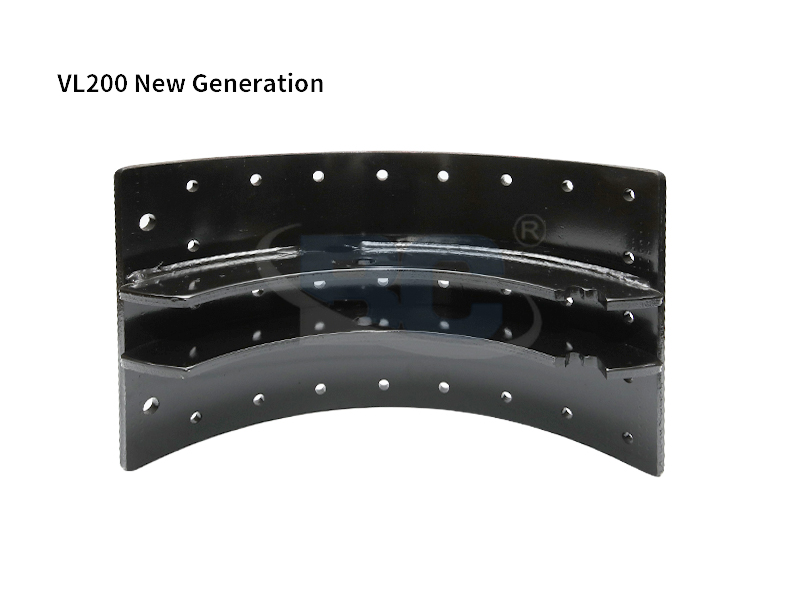A cast brake shoe is a mechanically complex and highly reliable part. The cast material is often more durable than its forged counterpart. A typical brake shoe can withstand over 500 pounds of weight. While a molded brake shoe may be used for a wide range of applications, a more robust brake shoe is needed in some cases. A casted brake can withstand the stress and wear that a large vehicle places on its tires.
When a brake shoe is cast, the process starts with the melting of metal. The molten metal is poured into the sprue, which forms the outer surface of the shoe. The metal is preferably a ductile or malleable iron. The molten metal flows through the runner 54, gates 55 and 56, and riser cavities 32 and 33, and into the brake shoe mold cavity. This metal forms the table and rib sections of the brake shoe.
After the metal cools, it is poured into the sprue. The molten metal is preferably malleable or ductile iron. The hot metal flows through the gate 55 and runner 54, as well as through the riser cavities 32 and 33, to form the table and rib sections. Once the metal is poured into the brake shoe mold cavity, it is cooled and formed into the brake shoe.
Cast brake shoe assemblies do not require lugs or bolts, so the brake shoes are not attached to the wheel. Therefore, they tend to slide when the wheels are worn. Another problem associated with these shoes is that they break under high loads, like long distance driving. As a result, manufacturers are trying to improve these components' wear characteristics. If you're interested in purchasing a casted brake shoe, consider contacting a manufacturer of auto parts.
While a casted brake shoe has been around for a long time, it was only recently that they were made in cars. The earliest cast brakes were tapered steel members that were installed under the wheels to absorb road shock. Then, they were replaced by a solid unit that consisted of a backing plate and one or more side plates that inserted into the wheel. Although a casted brake is generally lighter than a tubular one, it does not feature a rigid casing.
The casted brake shoe is a curved metal piece that carries the brake lining in brake drum systems. It is a curved piece of metal with a curved surface where friction material is fixed. As a result, the molded brake shoe is stronger and more durable than its welded counterpart. This method allows car owners to save money on their repairs by replacing their worn brake shoes every few months. Aside from the lowering of vehicle costs, a cast brake shoe can also increase the life of a car.
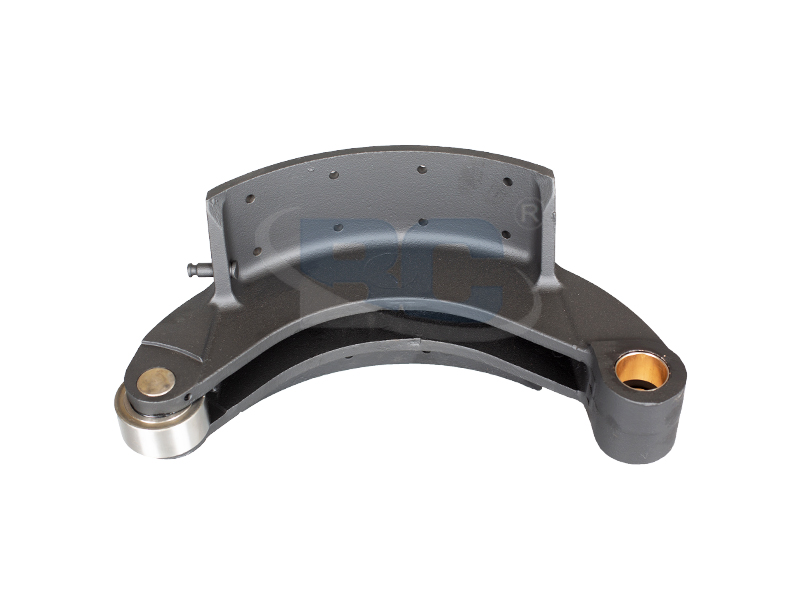

 English
English 简体中文
简体中文
